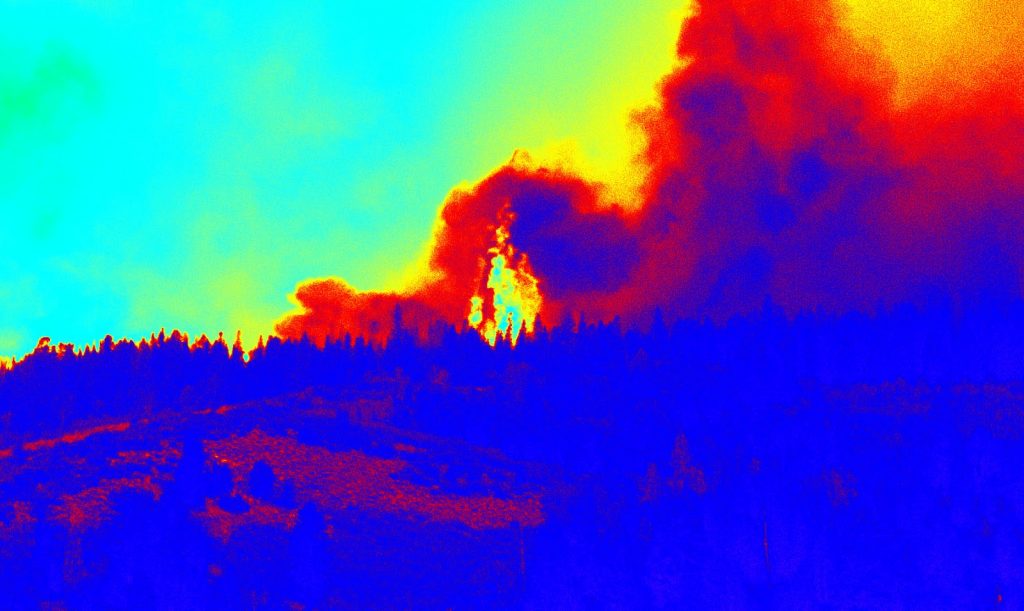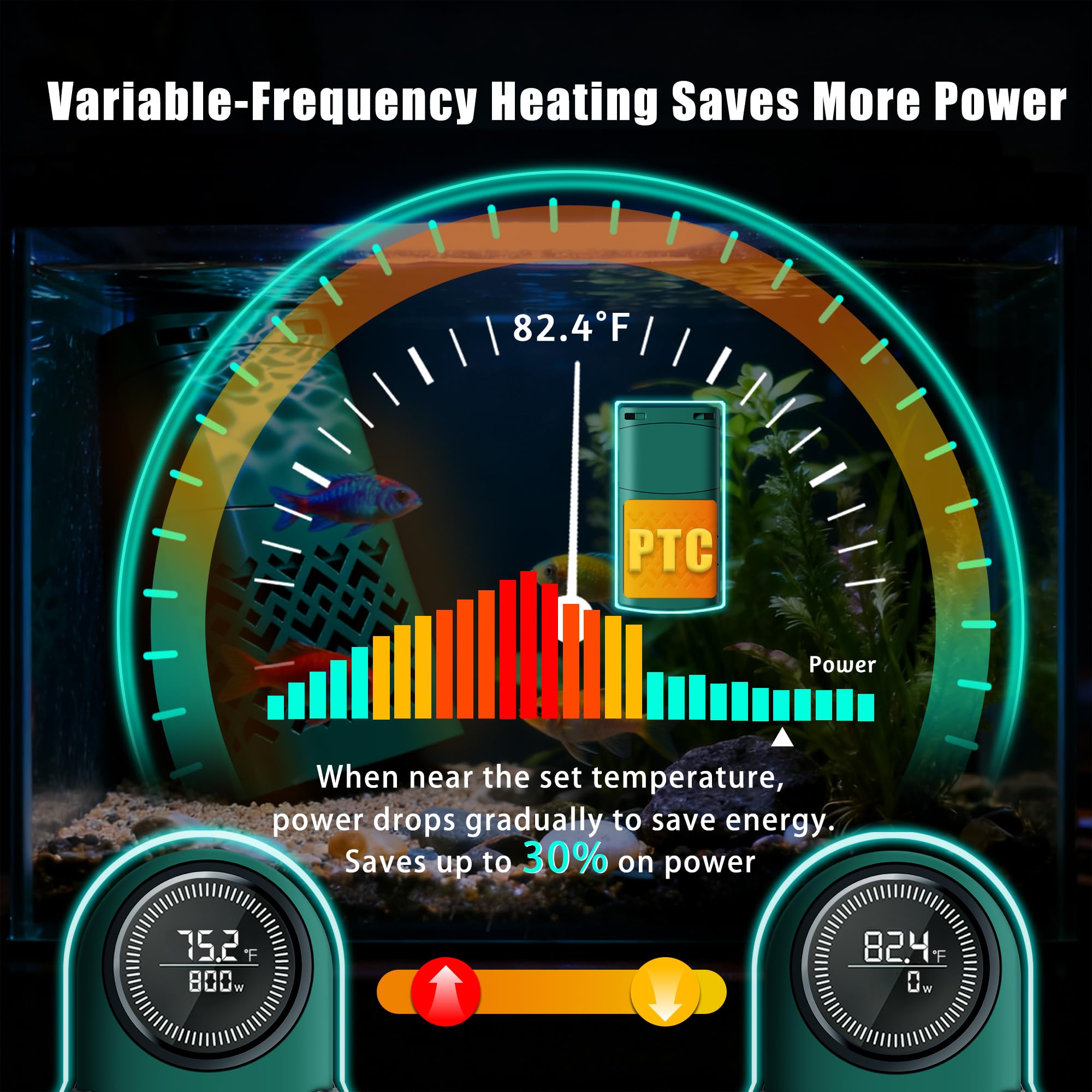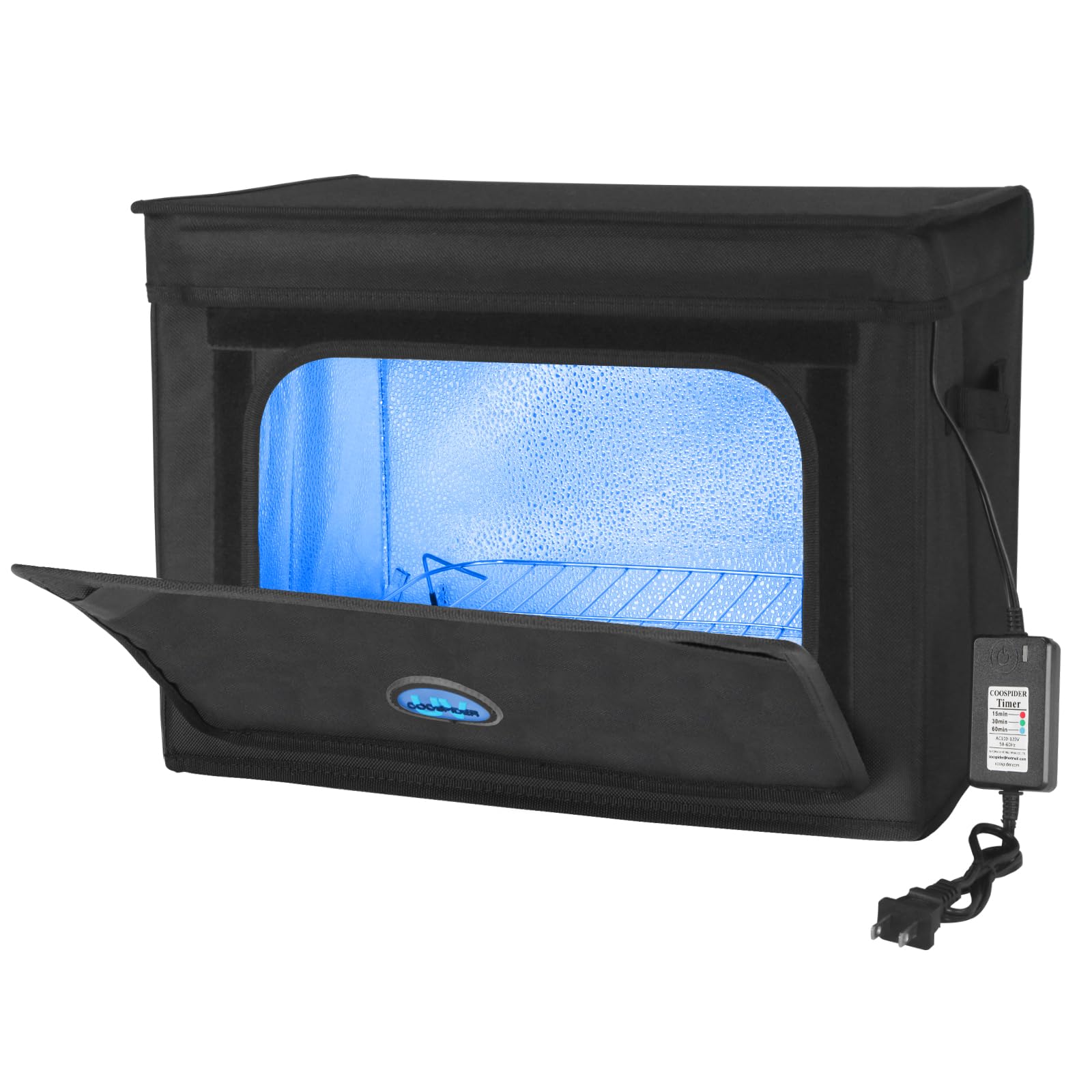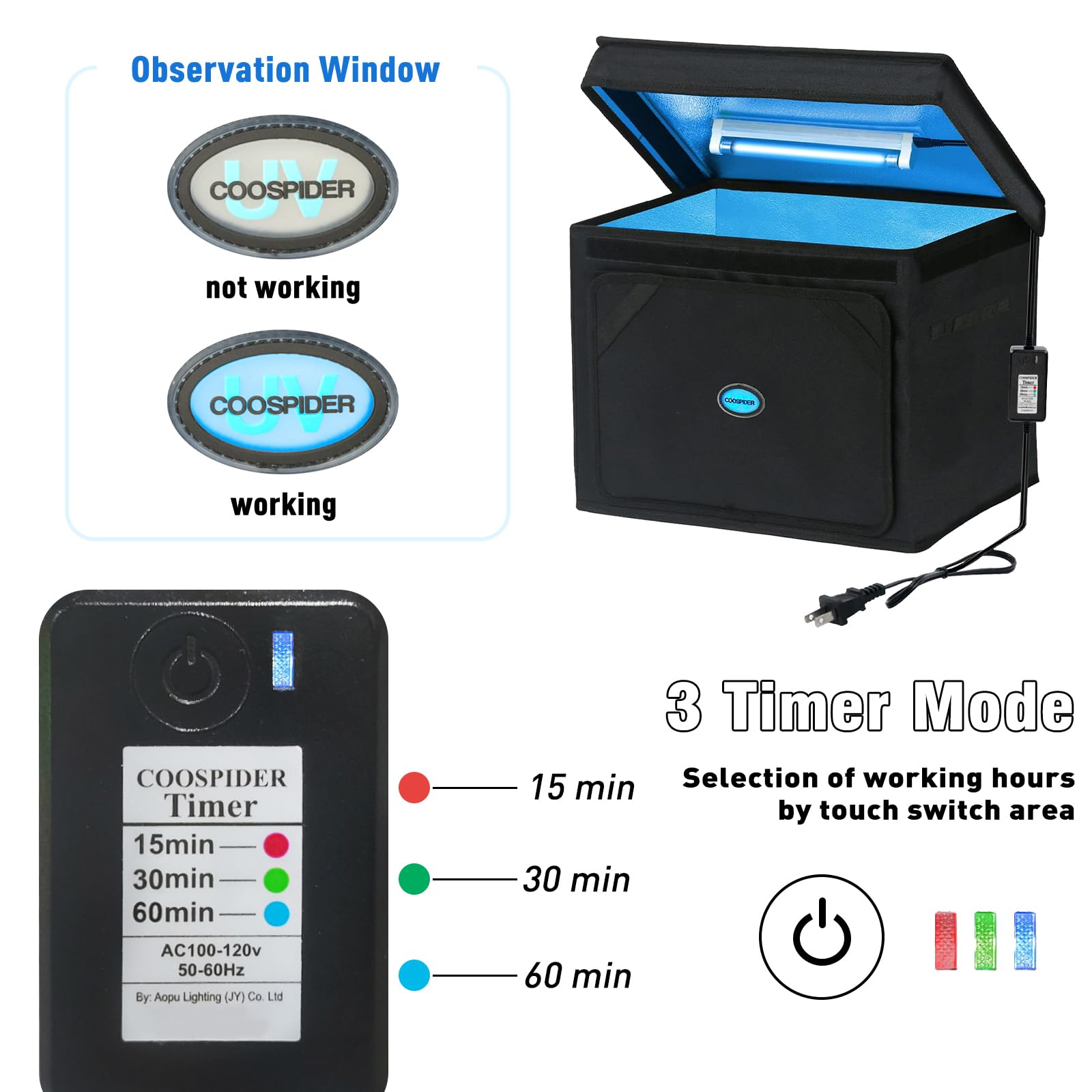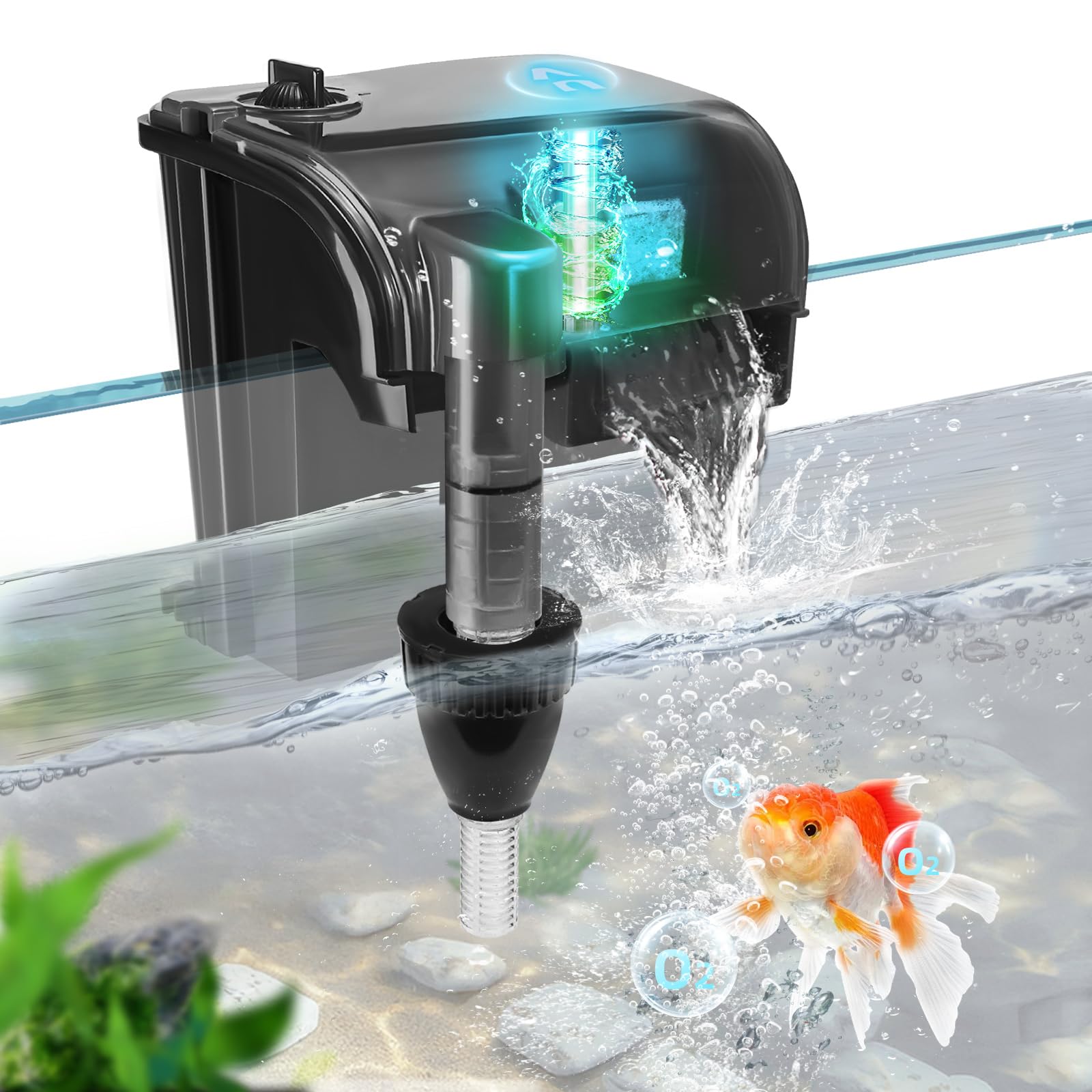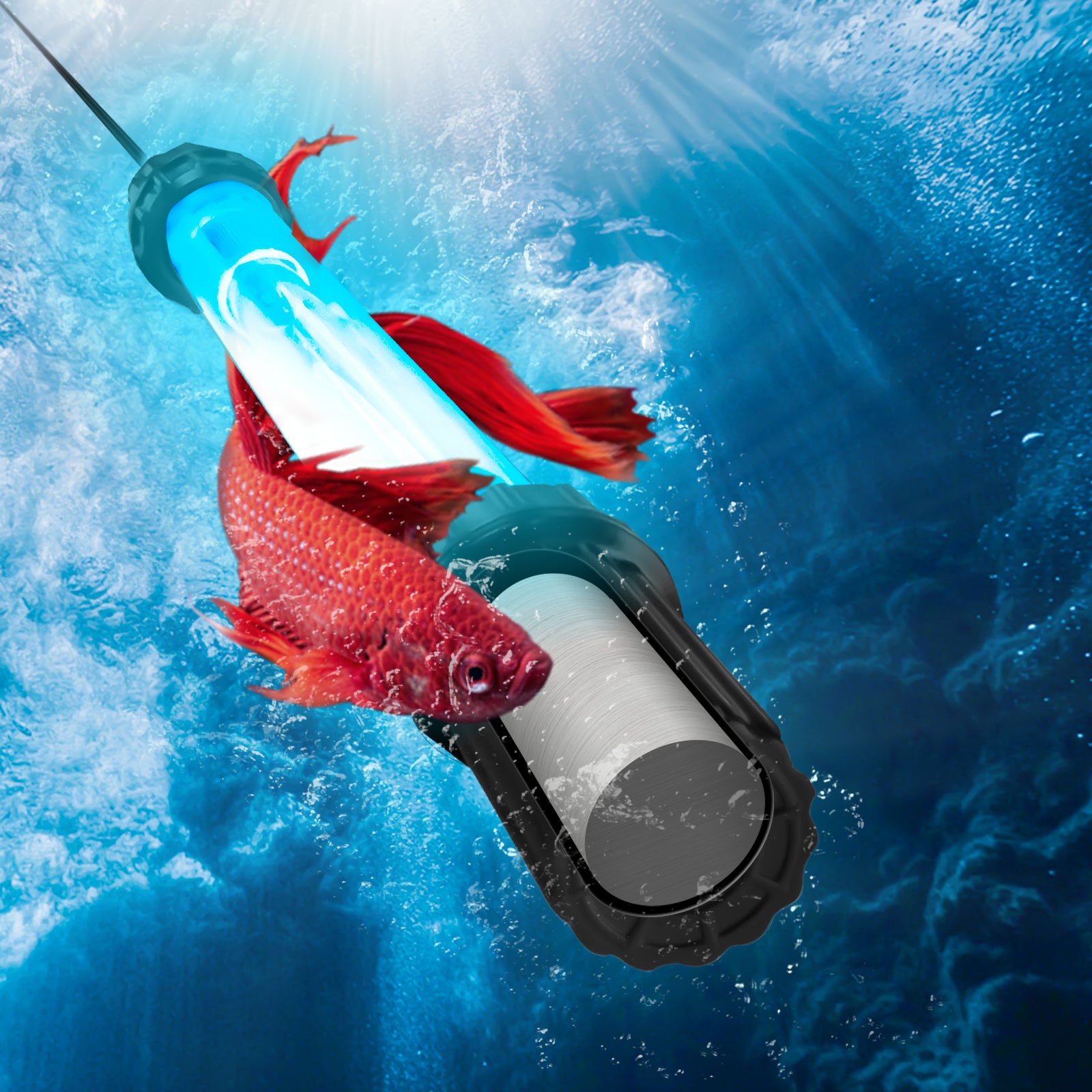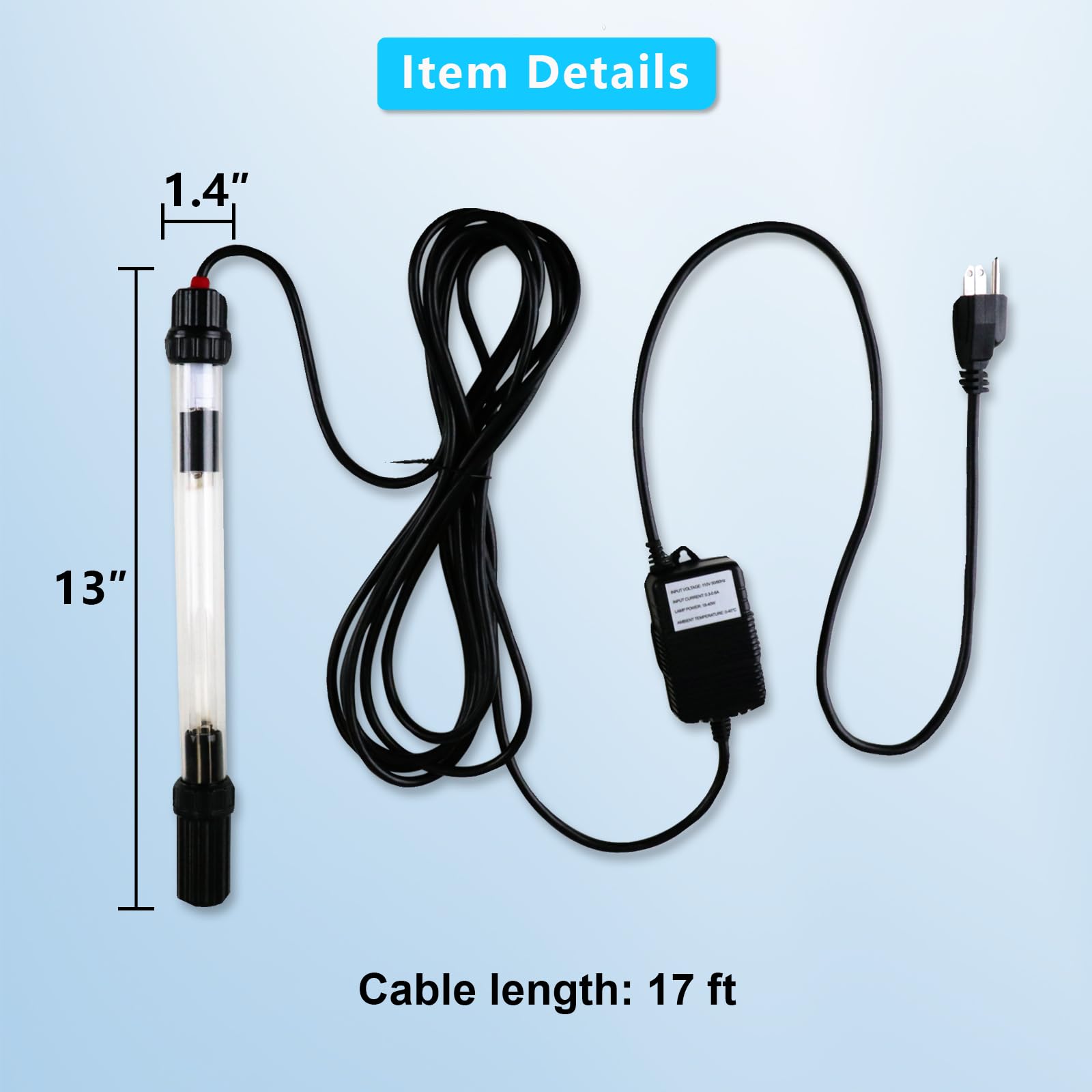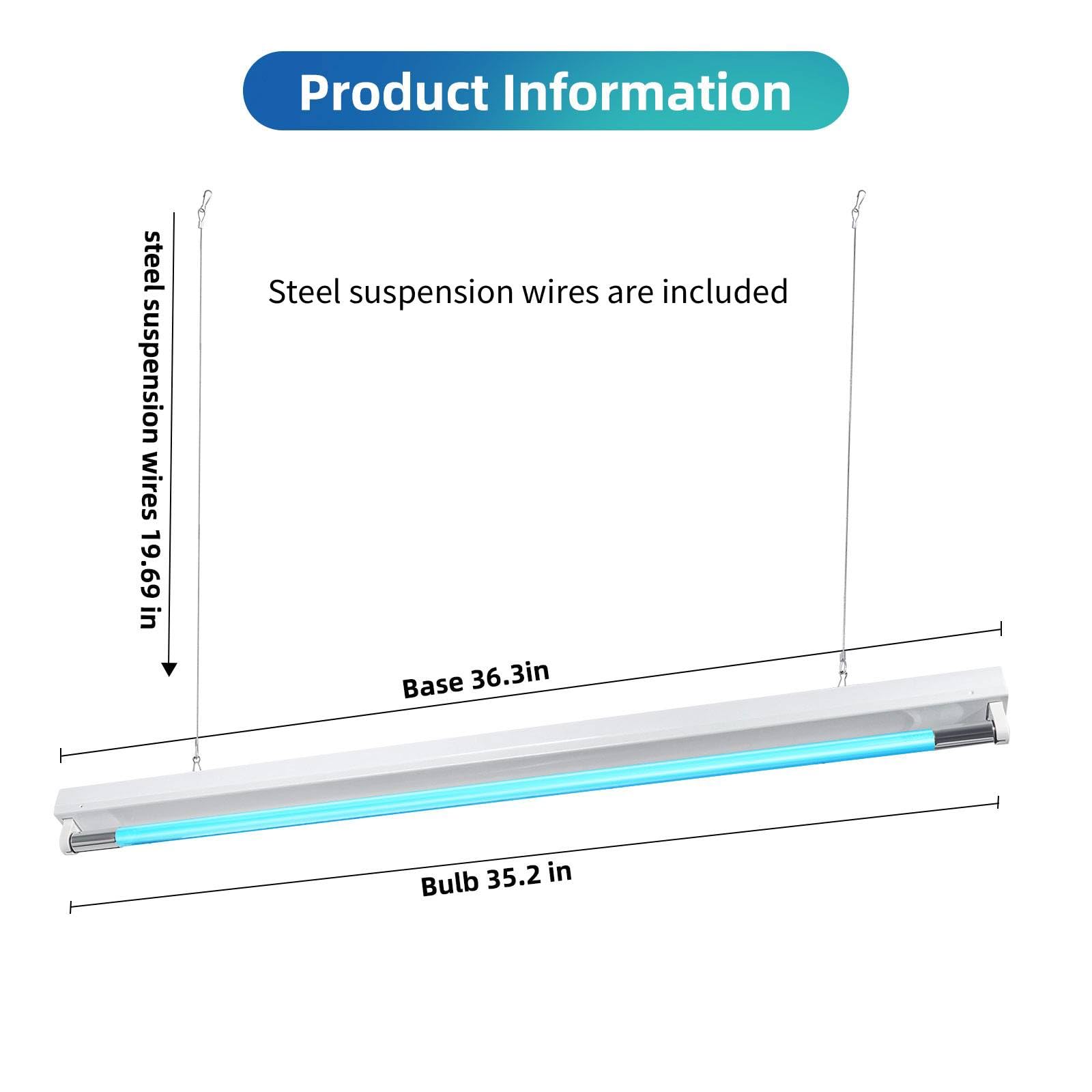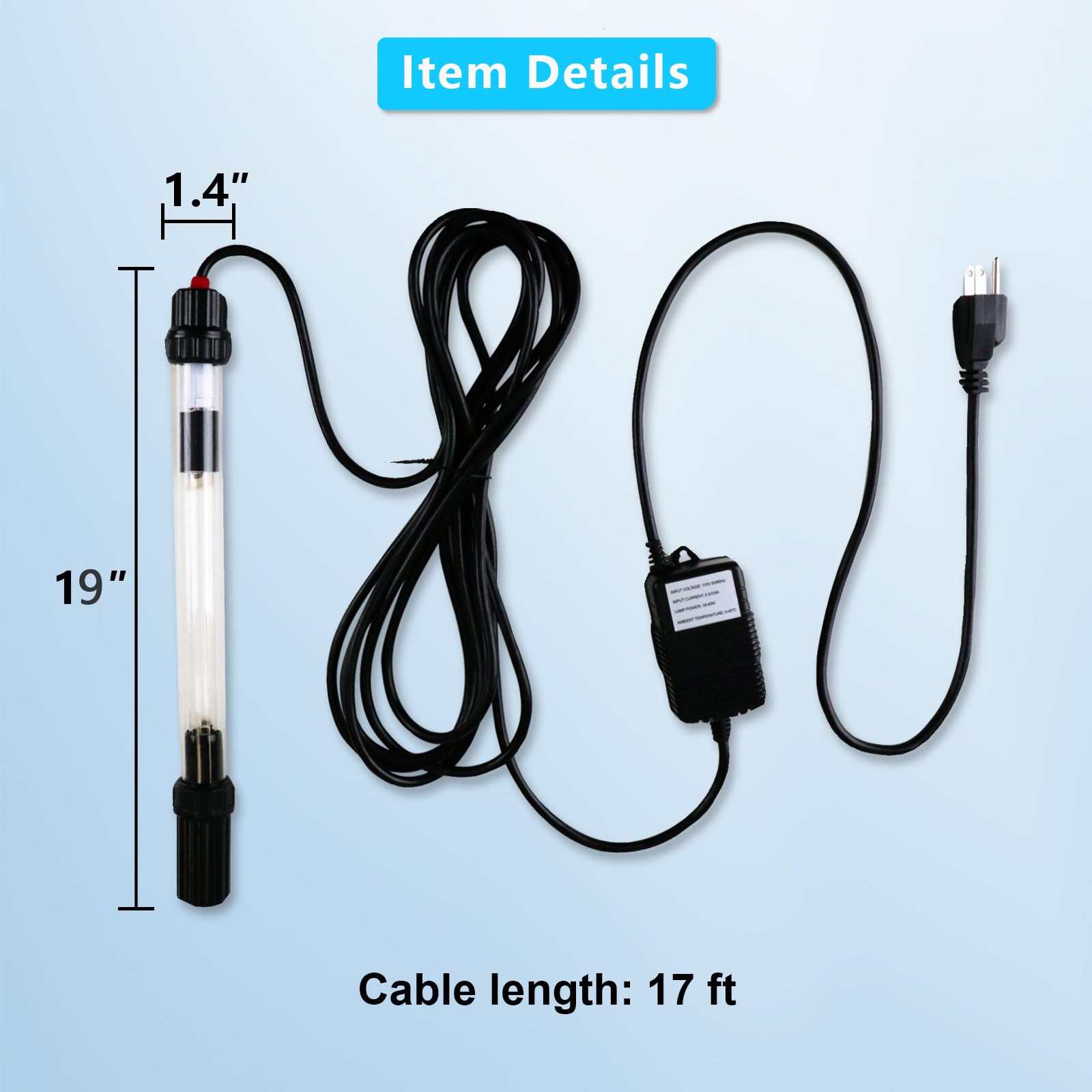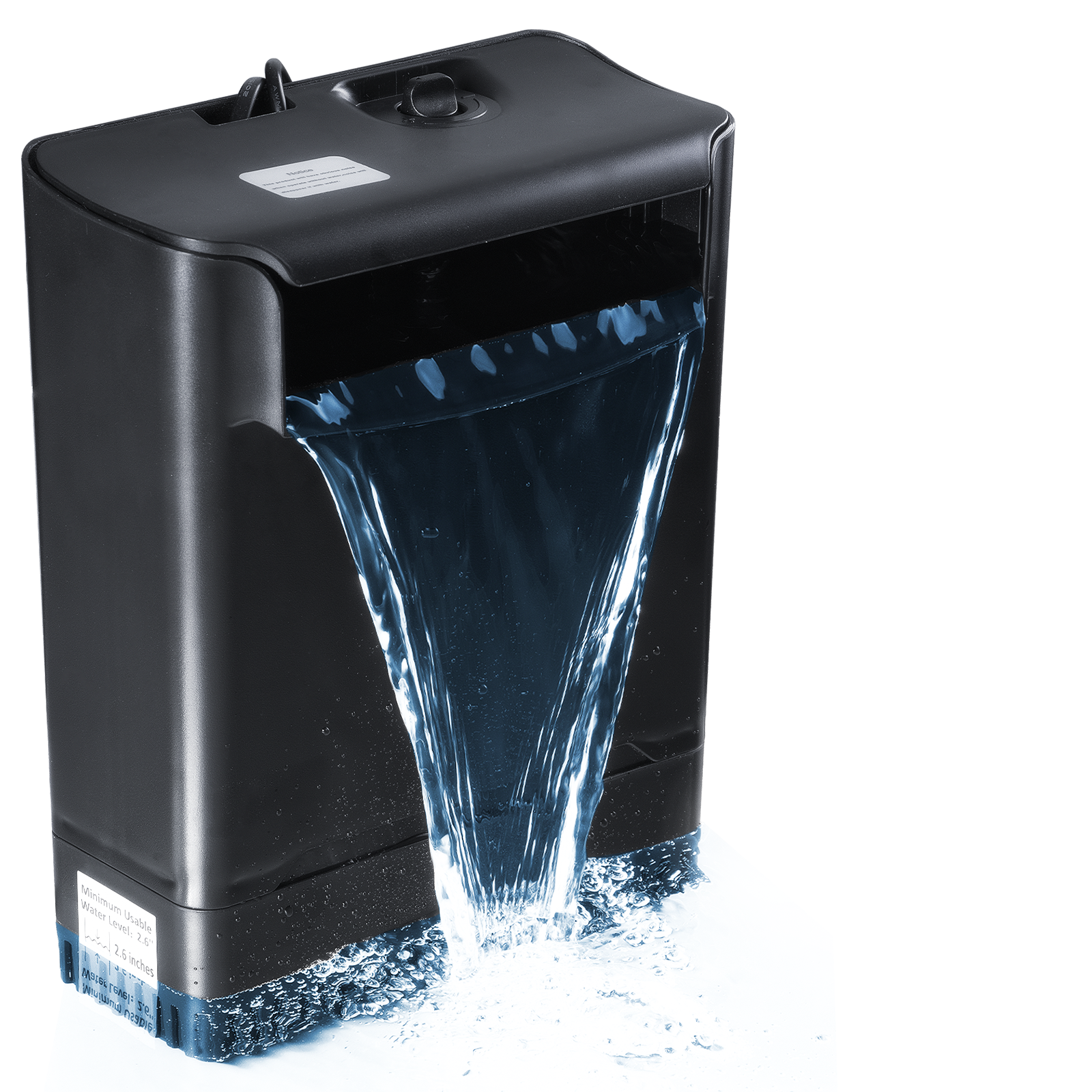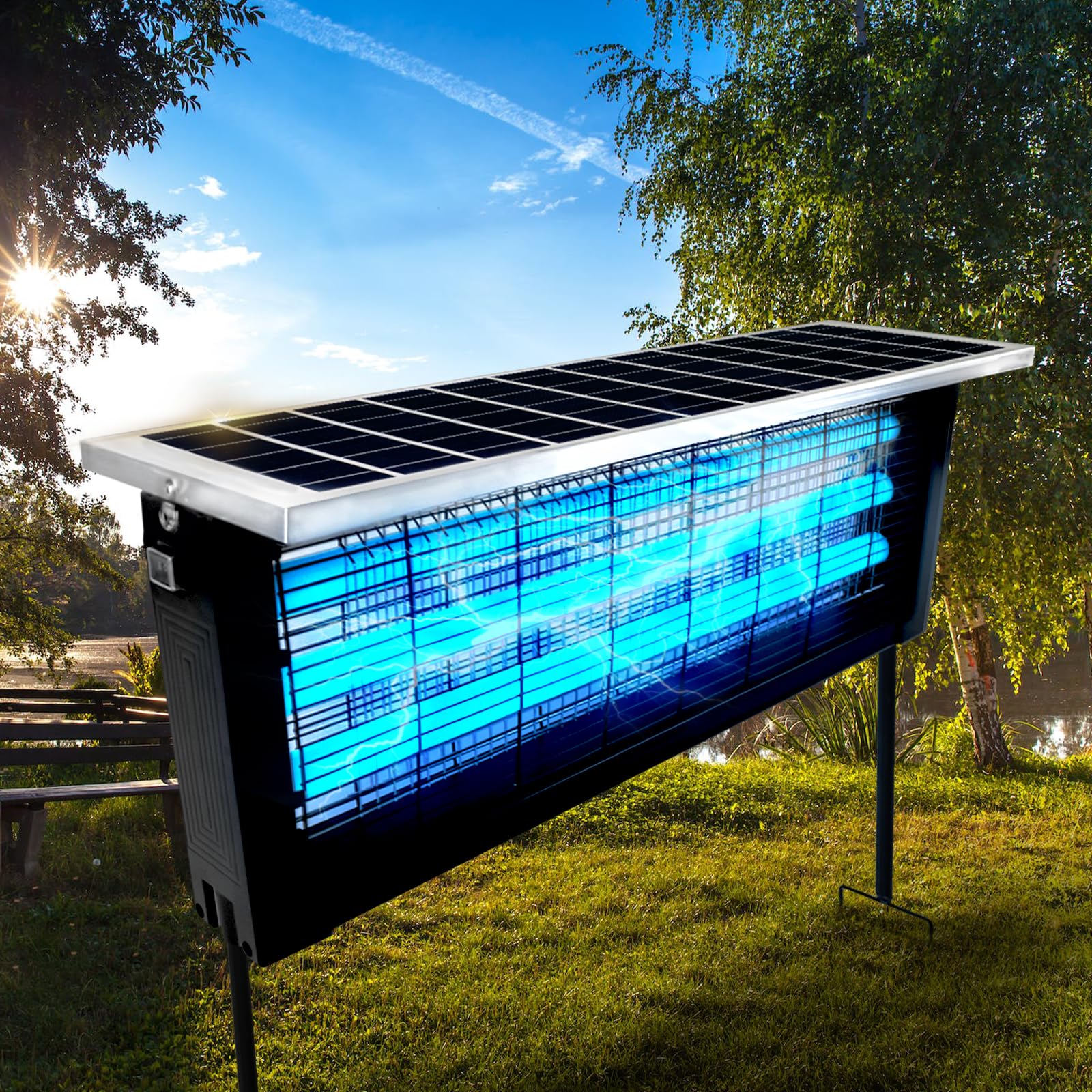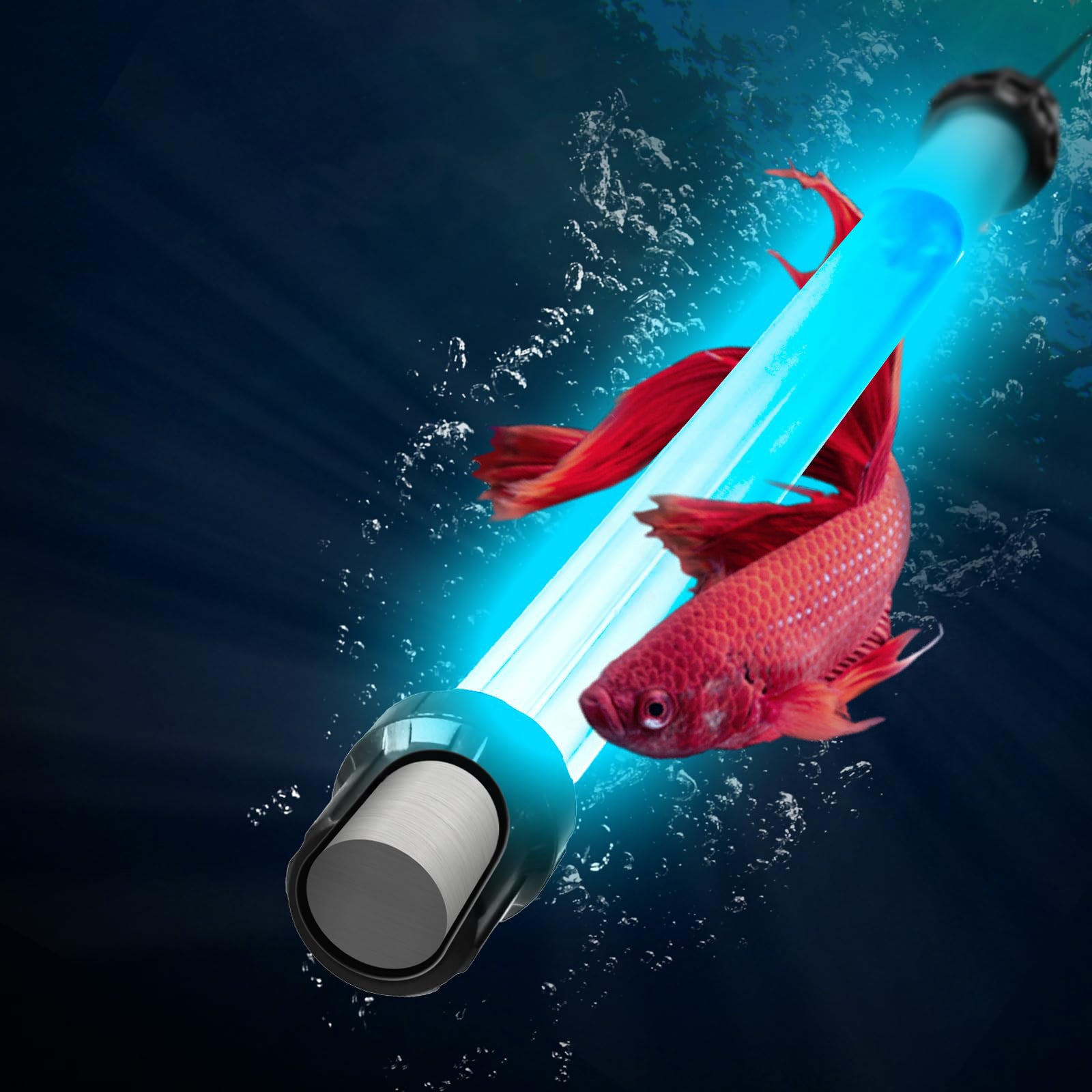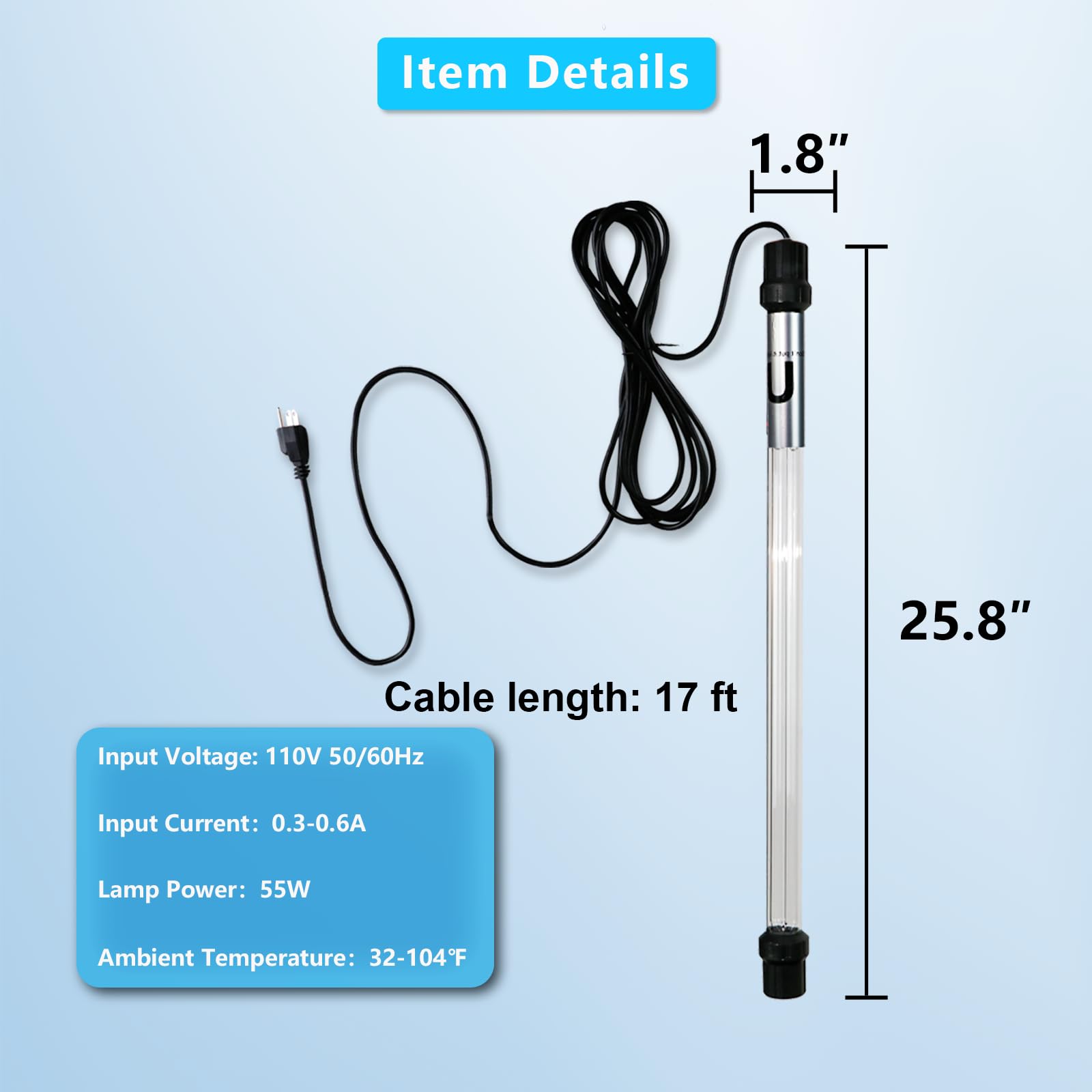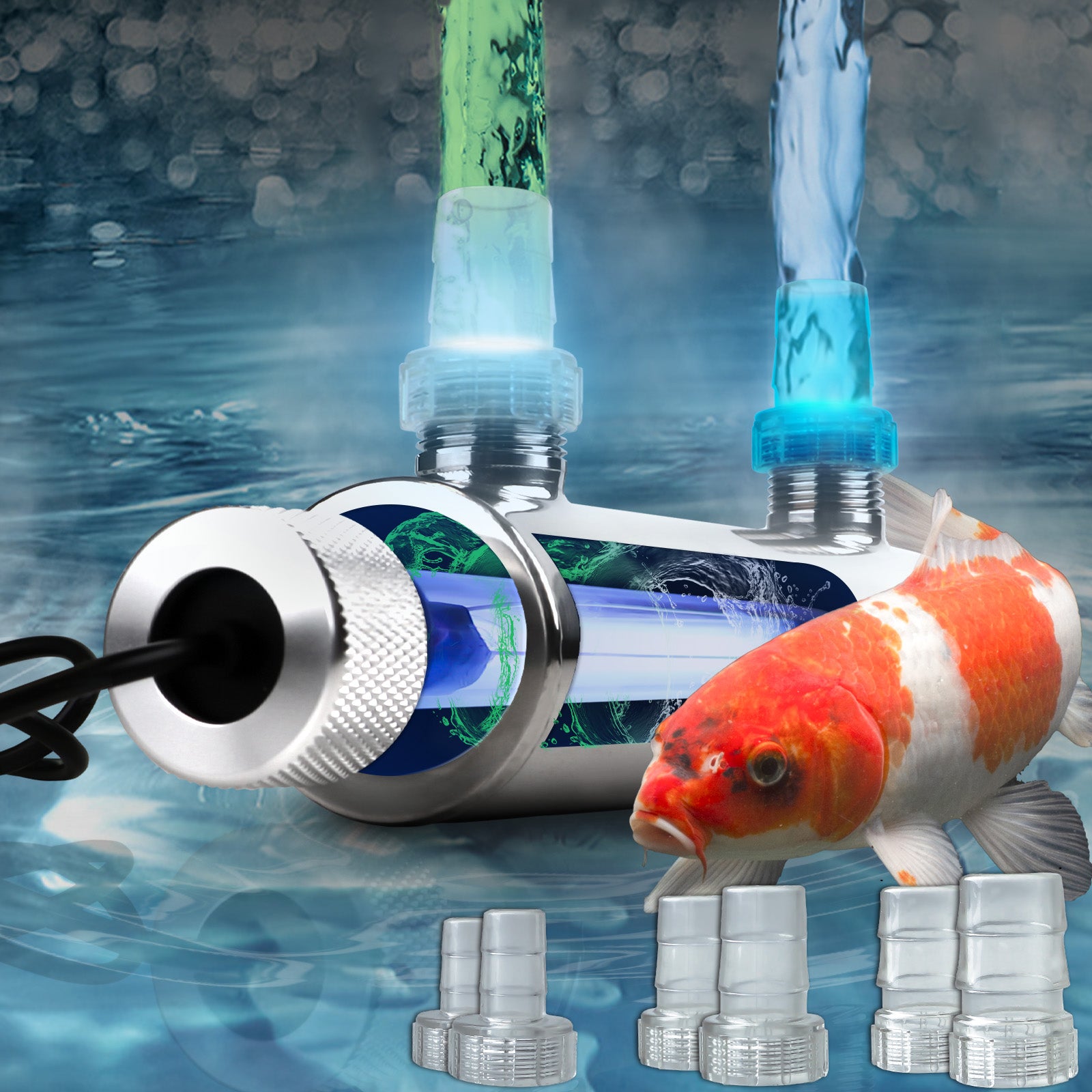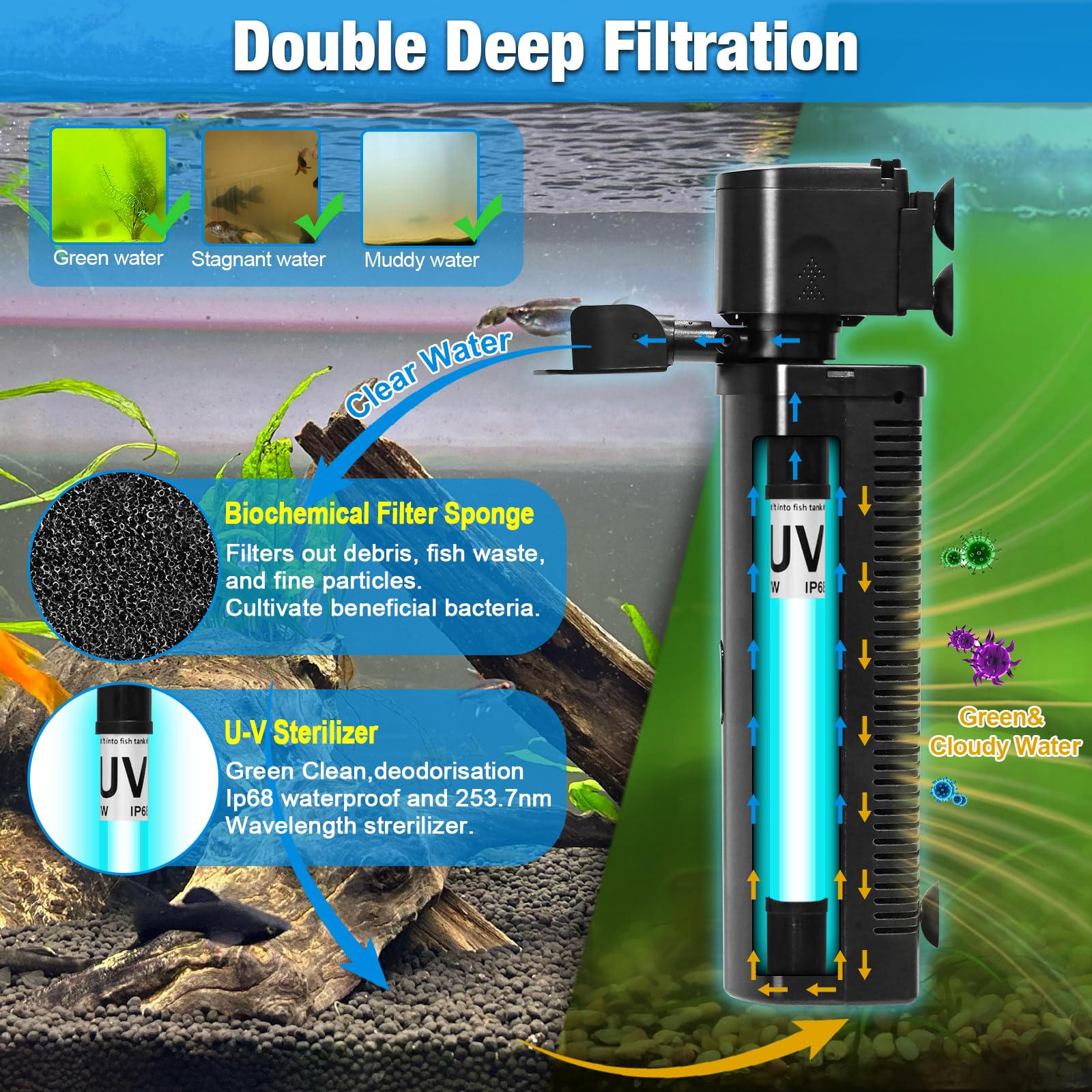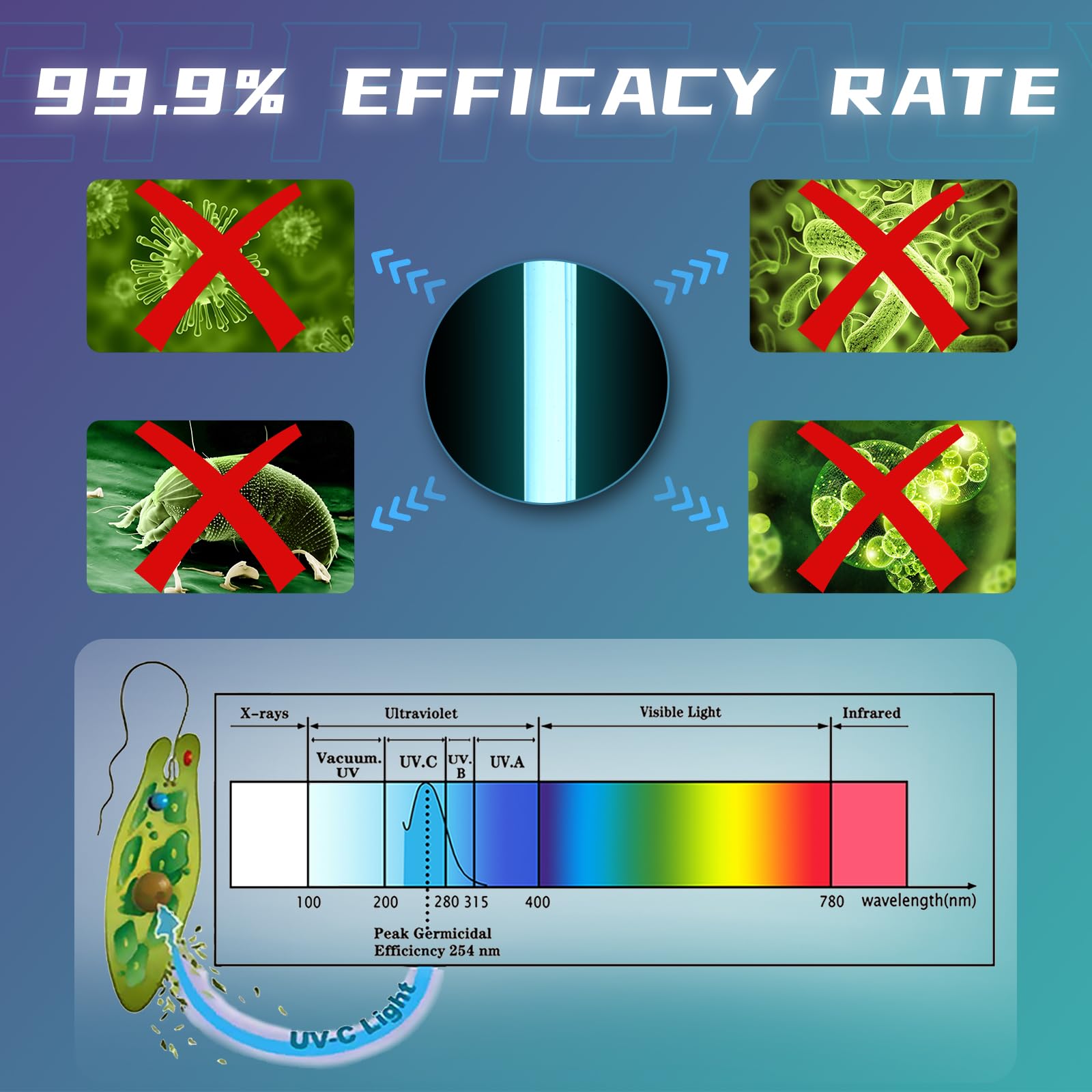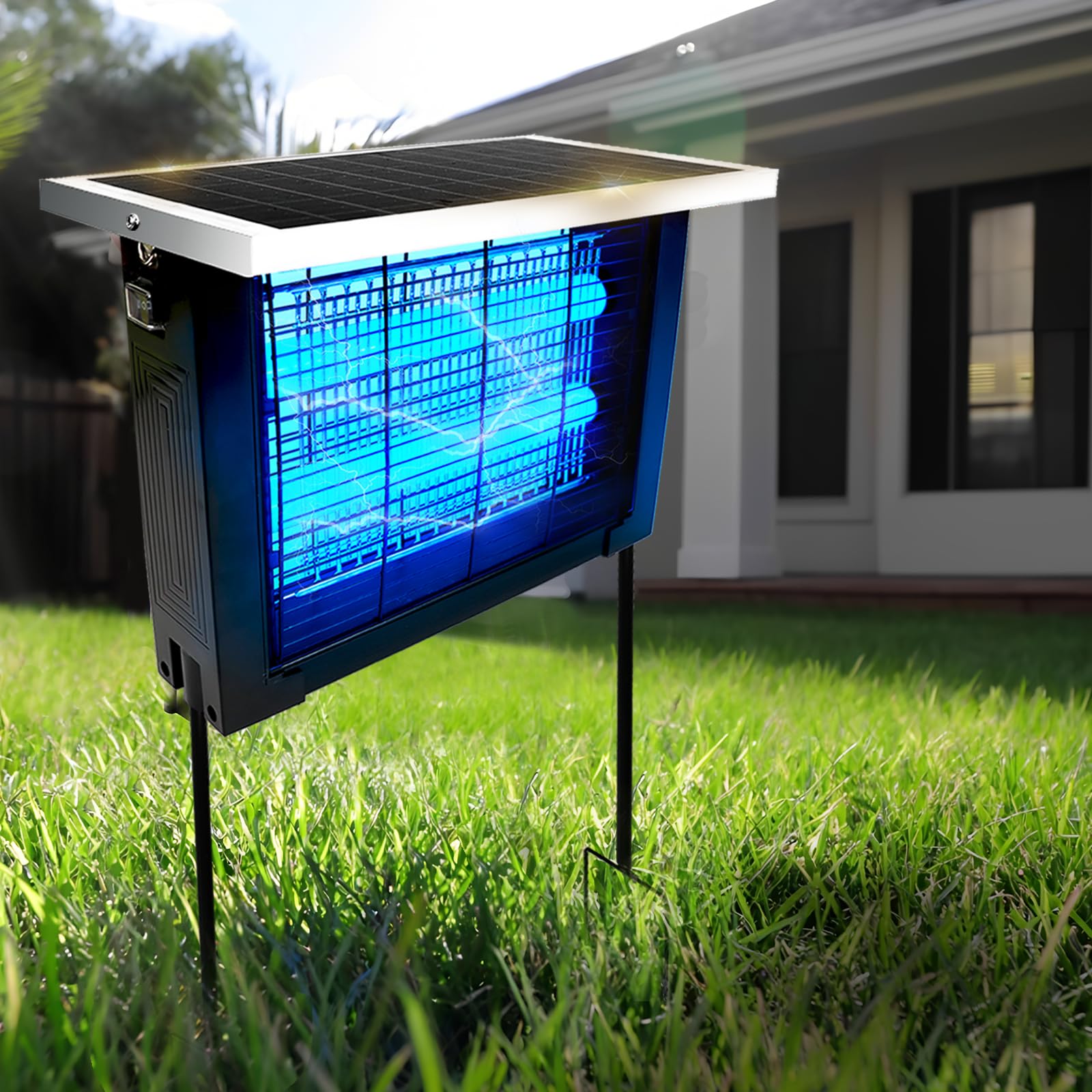Wildfires have become one of the most pressing environmental challenges of the 21st century. In the United States alone, millions of acres of forest are destroyed every year, resulting in billions of dollars in damages and irreparable harm to ecosystems. Human scouts, lookout towers, and traditional fire-spotting planes have long been the frontline of wildfire detection, but they are limited by visibility, reaction time, and terrain. Enter thermal drones: unmanned aerial systems equipped with advanced infrared cameras capable of detecting subtle changes in heat signatures across vast landscapes. These drones can identify wildfires **87% faster than human scouts**, reshaping how communities, governments, and environmental organizations fight back against the growing threat of forest fires.
This blog explores in detail how thermal drones are saving forests, reducing losses, protecting wildlife, and providing invaluable tools for emergency response teams. By examining their technology, case studies, and future potential, we can understand why drones are rapidly becoming a cornerstone of wildfire prevention.
---
#### Section 1: The Growing Threat of Wildfires
Wildfires are no longer seasonal inconveniences; they are global crises. Rising temperatures, prolonged droughts, and human activities have all contributed to longer fire seasons and more intense outbreaks. For example:
* In 2020, California experienced over 9,900 fires, burning 4.2 million acres.
* Australia’s 2019–2020 bushfires devastated over 46 million acres and killed or displaced nearly 3 billion animals.
* The Amazon rainforest continues to face unchecked blazes that threaten biodiversity and accelerate climate change.
Traditional wildfire detection methods rely on people spotting smoke or fire visually, either from observation towers or aircraft. However, this process is time-consuming, prone to human error, and often delayed by weather conditions or poor visibility. By the time smoke is visible, a wildfire may already be out of control. This is where thermal drones offer a transformative solution.
---
#### Section 2: How Thermal Drones Work
Thermal drones use **infrared cameras** that detect variations in heat rather than relying on visible light. Every object emits infrared radiation, and even small temperature increases can be detected by these specialized sensors. This technology allows drones to:
* Identify hidden hot spots before they become visible flames.
* Track fire spread through dense smoke, fog, or nighttime conditions.
* Differentiate between natural heat sources (like sun-warmed rocks) and abnormal fire ignition points.
Modern drones integrate AI-powered analytics, enabling them to interpret data in real time. When combined with GPS mapping, drones provide precise coordinates of potential fires, allowing response teams to act quickly and efficiently.
---
#### Section 3: Detecting Fires 87% Faster
Studies and field tests consistently show that thermal drones can detect wildfire ignition points **87% faster** than human scouts. The speed advantage comes from several factors:
1. **Coverage Area**: A single drone can scan hundreds of acres within minutes.
2. **Constant Vigilance**: Drones can be deployed day or night, unaffected by fatigue or limited visibility.
3. **Instant Communication**: Thermal images and coordinates can be transmitted in real time to ground teams and command centers.
4. **Early Detection**: Unlike humans who wait to see smoke, drones identify heat signatures at the earliest stage of ignition.
This acceleration of detection time translates directly into saved acres, reduced costs, and most importantly, preserved lives.
---
#### Section 4: Case Studies in Action
1. **California Fire Watch Programs**: In several California counties, pilot programs using thermal drones reduced the average fire response time from 30 minutes to under 5 minutes. This rapid response has prevented small ignitions from escalating into devastating infernos.
2. **Australian Bushfire Prevention**: During the 2019–2020 fire crisis, researchers deployed thermal drones in rural areas. They discovered that drones could identify smoldering stumps and underground fires that human scouts missed, preventing reignition and spread.
3. **Canadian Forest Management**: Forestry agencies in British Columbia have adopted drones for routine patrols. Data shows that incorporating thermal drones cut detection time nearly in half and reduced the average acreage lost per fire.
---
#### Section 5: Protecting Wildlife and Ecosystems
The impact of wildfires extends far beyond burned trees and property. Entire ecosystems collapse when fires rage unchecked. Wildlife populations are particularly vulnerable:
* **Bird species** lose nesting grounds.
* **Mammals** are displaced, injured, or killed.
* **Pollinators** crucial for agriculture lose their habitats.
Thermal drones allow earlier containment, meaning fewer habitats are destroyed. Furthermore, drones equipped with additional sensors can monitor wildlife movement, providing emergency teams with information on how to minimize harm to animals during evacuation and firefighting efforts.
---
#### Section 6: Economic and Social Benefits
Fighting wildfires costs billions each year. The U.S. Forest Service, for example, spends more than half its budget on wildfire management. By detecting fires earlier, drones reduce suppression costs and minimize property losses. Communities benefit from:
* **Lower Insurance Costs**: Reduced risk translates into lower premiums for homeowners in fire-prone areas.
* **Job Creation**: The rise of drone technology has spurred careers in drone piloting, maintenance, and data analysis.
* **Public Safety**: Faster detection and containment protect human lives and reduce the number of large-scale evacuations.
---
#### Section 7: Integration with AI and Satellite Systems
The future of wildfire prevention lies in combining technologies. Drones are increasingly being integrated with **AI algorithms** that predict fire behavior and **satellite imagery** that provides macro-level monitoring. Together, these tools create a multi-layered defense system:
* Satellites detect general heat anomalies.
* Drones investigate anomalies with precision.
* AI models forecast the path and intensity of fires.
This ecosystem of technologies enables proactive firefighting rather than reactive suppression.
---
#### Section 8: Challenges and Limitations
Despite their promise, thermal drones are not without challenges:
* **Battery Life**: Most drones operate for 30–60 minutes per charge, requiring frequent swaps.
* **Regulations**: Airspace laws limit drone operations in many regions.
* **Costs**: While cheaper than manned aircraft, high-end thermal drones remain expensive for small organizations.
* **Training**: Skilled operators are needed to maximize efficiency and interpret data correctly.
Overcoming these hurdles will be key to widespread adoption.
---
#### Section 9: Future Outlook
The evolution of drone technology shows no signs of slowing down. Innovations on the horizon include:
* **Solar-powered drones** capable of near-continuous flight.
* **Swarm technology**, where multiple drones coordinate to cover vast areas simultaneously.
* **Enhanced AI analytics** that not only detect fires but also autonomously dispatch firefighting drones.
Governments and environmental organizations are already investing heavily in research and pilot projects. Within the next decade, it’s likely that thermal drones will become as standard in forestry management as fire trucks and water tankers.
---
#### Conclusion: From Flames to Hope
The statistic that thermal drones can detect wildfires **87% faster than human scouts** is not just a number—it represents a monumental shift in how humanity can coexist with nature. While wildfires will never be fully eliminated, the ability to identify and respond to them in their earliest stages is a game-changer. Thermal drones save trees, protect wildlife, reduce costs, and, most importantly, safeguard human lives.
As climate change continues to challenge our forests and communities, embracing this technology is not optional—it is essential. By deploying fleets of thermal drones across vulnerable regions, society can fight back against one of nature’s most destructive forces and ensure that forests, the lungs of our planet, endure for generations to come.

